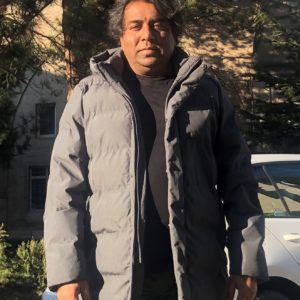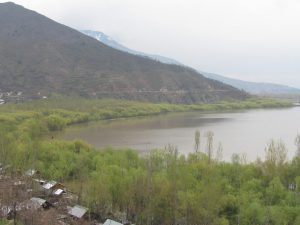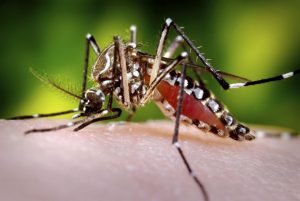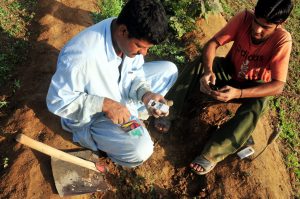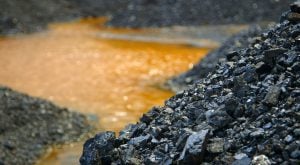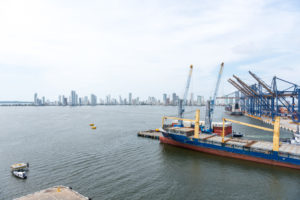The desert wetlands of Achro Thar – or the White Desert – in the east of Pakistan’s Sindh province are struggling against the twin threats of climate change and the mismanagement of water by government authorities.
Around 300 kilometres from the port city of Karachi and spread over 4,805 square kilometres along the Indian border in Sanghar and Khairpur districts, Achro Thar’s unique topography means that it has around a hundred lakes of different sizes, found between sand dunes. Some of these are fairly large. Botaar lake is seven kms in length, and others are spread over a few hectares. Kalankar, Palaaro, Mathoon, Gujari, Akro, Kalar Wari, Sanhari and Botaar are considered to be the biggest desert lakes in this region.
These lakes are divided into three categories. The first are freshwater lakes that are fed by the Indus river through channels from the Nara Canal, the second are rain-dependent brackish water lakes, and the third are salt lakes. All of them have been shrinking rapidly for the past few years due to erratic rainfall in the region, and by authorities releasing river water through the Nara Canal during floods.
“The White Desert wetland complex is shrinking; either because of climate change which causes erratic weather patterns such as a lack of rain, or modification in water regimes such as change in irrigation management or practices,” said Rab Nawaz, senior director of programmes at the World Wildlife Fund for Nature Pakistan.
The irregularity of the water regime, either of declining water levels or sudden bursts of excess water, degrades the habitat. “The first animals to suffer are usually the aquatic ones such as fish. Flora is also badly affected, especially by flooding. Ultimately, people’s livelihoods are affected by a loss of natural resource such as fish, or habitats such as rangeland,” said Rab Nawaz.
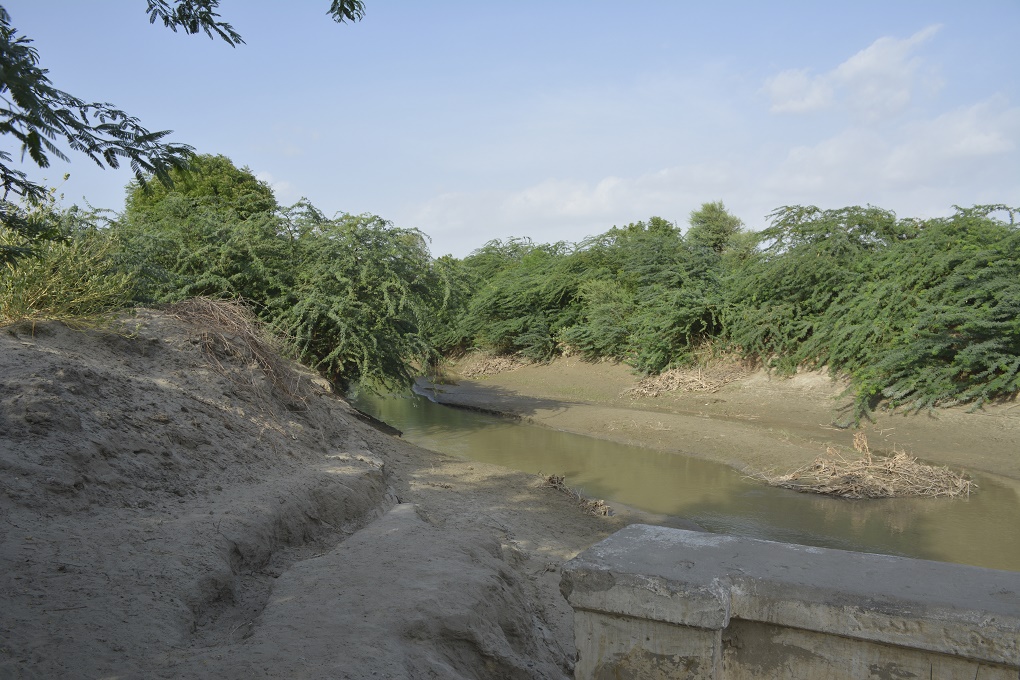
The desert wetland complex is home to numerous species, such as the marbled teal, marsh crocodile, darter, white-eyed pochard, Houbara bustard, long-tailed grass warbler, black ibis, glossy ibis, lesser whistling teal, and others.

Due to the presence of various fish species in the wetlands,a large number of migratory birds from Siberia find refuge at these lakes during the winter as Pakistan lies at a crossroads of an international bird migration route known as the Indus Flyway.
“In the past, a large number of migratory birds came to these lakes, but due to vanishing fish, reducing water and illegal hunting, rarely do any bird lands on these lakes in winter,” said Atta Muhammad Chaniho, a researcher and resident of Achro Thar.
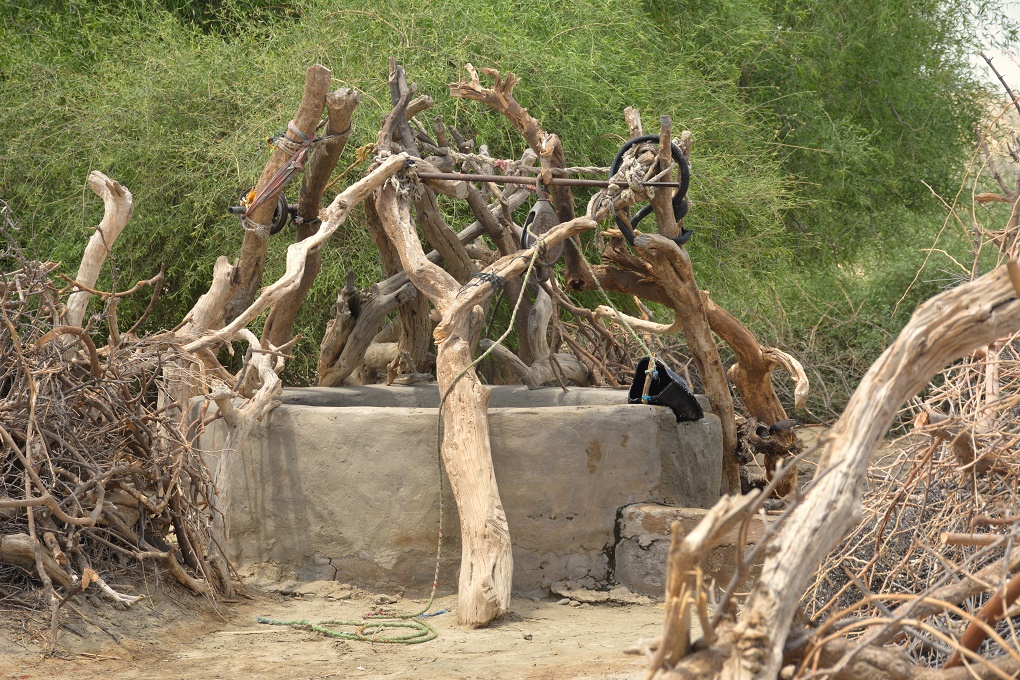
The recent monsoon rains have transformed the drought-hit Thar Desert, painting it a lush green, but it has brought nothing to Achro Thar. According to Chaniho the grass that used to grow after the monsoons is gone because indigenous seeds have been wiped out after a prolonged drought.
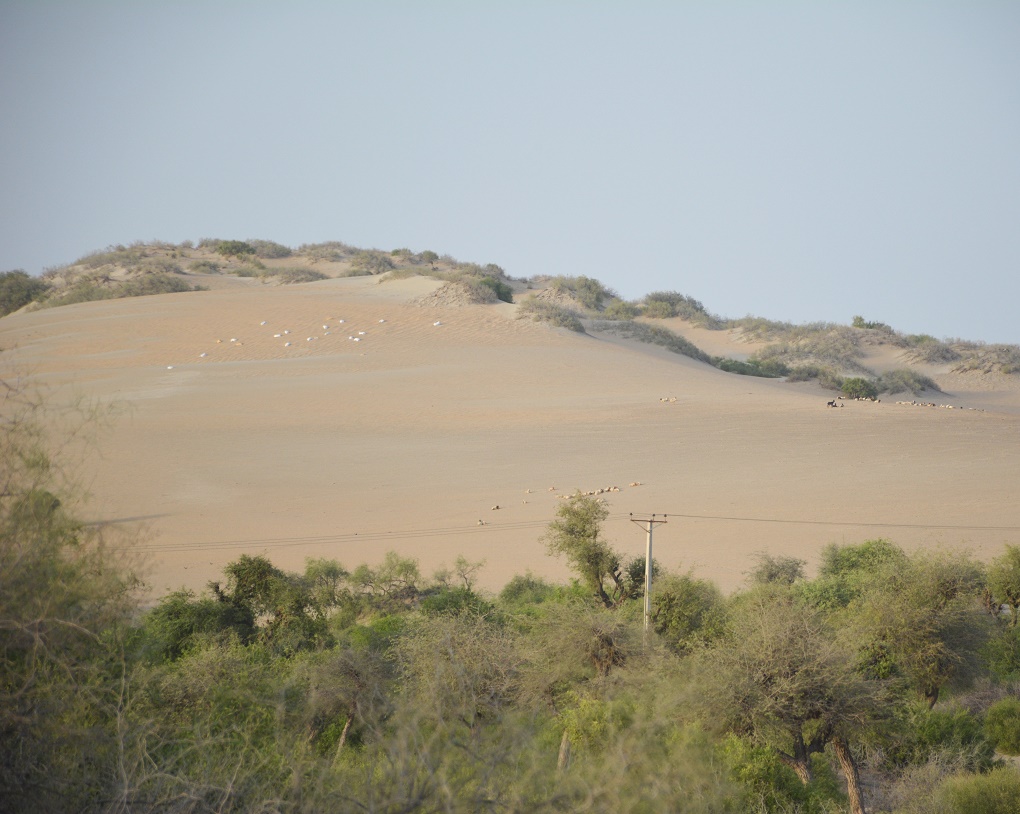
“In the recent past, influential feudal lords have started stealing the water from the channels flowing towards these desert lakes and started using that water for agriculture, due to which these lakes are not getting required water and these wetlands are shrinking,” said Faqeer Dad Rajar, a resident of a small village in Achro Thar.
See: In Sindh water is only for rich and powerful
Due to their rich biodiversity, some of the lakes in the Achro Thar desert complex could be declared protected sites, or Ramsar sites, due to their global significance, said Hammad Naqi Khan.
This has happened before. North of Achro Thar lies the Deh Akro-II Desert Wetlands Complex in district Shaheed Benazirabad, where Pakistan’s largest population of marsh crocodiles are found. It was declared a wildlife sanctuary of international importance, and in 2002 it was declared a Ramsar site for having four major habitats types, namely desert, wetland, marsh and agricultural lands.
“As long as the wetlands fall under one of the criteria then they can easily be incorporated into Ramsar – however Ramsar is based on wetlands, not deserts, so the habitat has to be predominately wetlands based,” added Rab Nawaz.
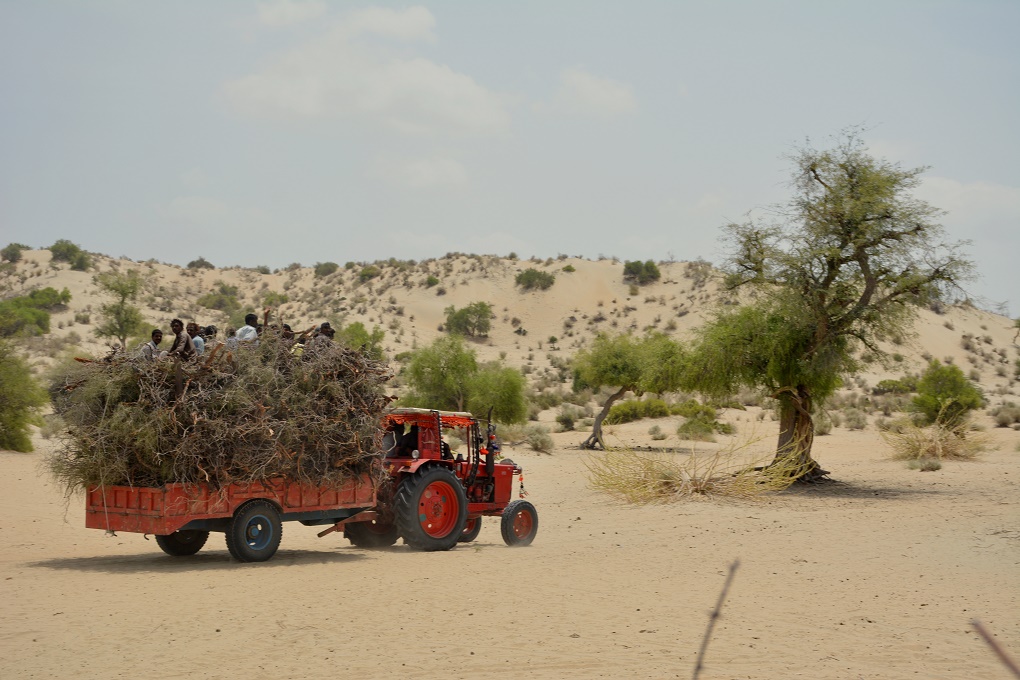
“This year monsoon rain has been recorded highest in the desert region compared to the rest of Pakistan and now it is time for forest department and other authorities to plant deep-rooted indigenous plant in this region, which will grow fast due to heavy rains. This is the only way to protect this region from harsh weather,” Ghulam Rasul, the Director General of the Pakistan Meteorological Department (PMD) told thethirdpole.net.
Hammad Naqi Khan suggests that community-based wetlands management and the promotion of ecological tourism could help preserve these wetlands. A “no hunting” zone must also be declared, and an effective management plan involving the local communities urgently needs to be put in place.
The desert lakes of Achro Thar are not dry yet, and there is still time to save them, and all those – humans, animals, birds, fish and trees – that rely on them.
